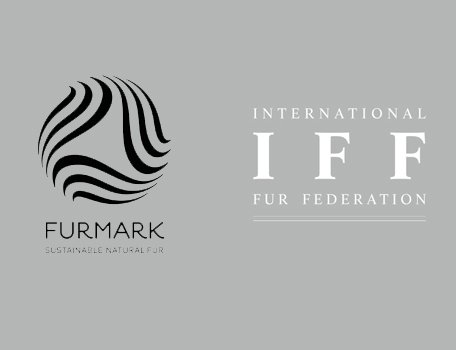Natural fur is one of the most sustainable materials available on the market and is part of the solution to fast fashion and the proliferation of other non-renewable and sustainable materials and practices.
It is also a large, global industry valued at approximately $30 billion a year and employing hundreds of thousands of people. Fur has an extensive supply chain that spans everything from wild hunters in the Canadian tundra, auction houses in Copenhagen and Helsinki, finishing and dyeing factories in Italy and Greece, skilled furriers in design studios in New York, boutiques and fashion houses. from Paris and London. Enabling change and development in such a diverse and complex industry is not easy or simple, but it is right and expected.
We realized it was time to both code what the industry is already doing and create an overarching framework with clear goals so that it can collectively move towards a more sustainable position. As a federation with a unique relationship across the supply chain, we are well positioned to do this work.
Therefore, the global fur industry has developed ambitious programs and a clear travel direction for the industry and the wider supply chain for animal welfare, environmental protection, and the people and communities working in the industry, as part of its initial sustainability strategy.
The ‘Natural Fur’ strategy was launched by the International Fur Federation (IFF), the global body of the fur industry, at an event at the Danish Embassy in London in February 2020 to coincide with London Fashion Week.
The strategy sets out the future goals of the fur industry, based on the UN’s sustainable development goals, and consists of groundbreaking global initiatives, targeted interventions and clear goals to move the industry forward on its sustainability journey.
The Natural Fur Strategy will consist of 3 key pillars and 8 main initiatives:
- WEALTH
- The strategy, currently based on stringent controls, standards and auditing, will force the industry to launch FURMARK this year, a global welfare certification and traceability scheme that will include a range of breed-specific farm-raised and wild fur programs that provide visibility and transparency to consumers. . Alongside animal welfare standards, FURMARK will measure and control key environmental targets, including emissions, chemical use, waste and energy use.
- The strategy will commit the industry to bring other fur-bearing breeds and country-specific programs to FURMARK by 2025 as relevant science-based certification standards are implemented and independently evaluated.
- ENVIRONMENT
- The strategy will commit the industry to conducting independent science-based assessments of the carbon footprint of farm-raised and wild furs, followed by the introduction of ambitious ten-year reduction targets.
- The strategy will commit the industry to the rollout of a comprehensive chemical standard for dressing and dyeing, supported by third party auditing and verification.
- The strategy will link the industry to programs that will promote the reuse, recycling and recycling of natural fur.
- PEOPLE
- The strategy will force the industry to address the need to provide globally recognized business practices, including anti-corruption policies of businesses involved in the fur industry.
- The strategy will force the industry to implement initiatives to recognize the role of workers in the supply chain, including the adoption of industry-wide anti-slavery commitments and the recognition of indigenous peoples involved in fur production.
- The strategy will commit the industry to implement social and environmental certification through the FURMARK supply chain by 2025.
These are not empty promises, but solid, concrete and measurable commitments. And of course, everyone involved in the industry and the wider supply chain has a role to play in helping to meet and deliver them. To assist in the realization of this strategy, the strategy will be regularly reported and subject to external transparency and verification.
International Fur Federation








